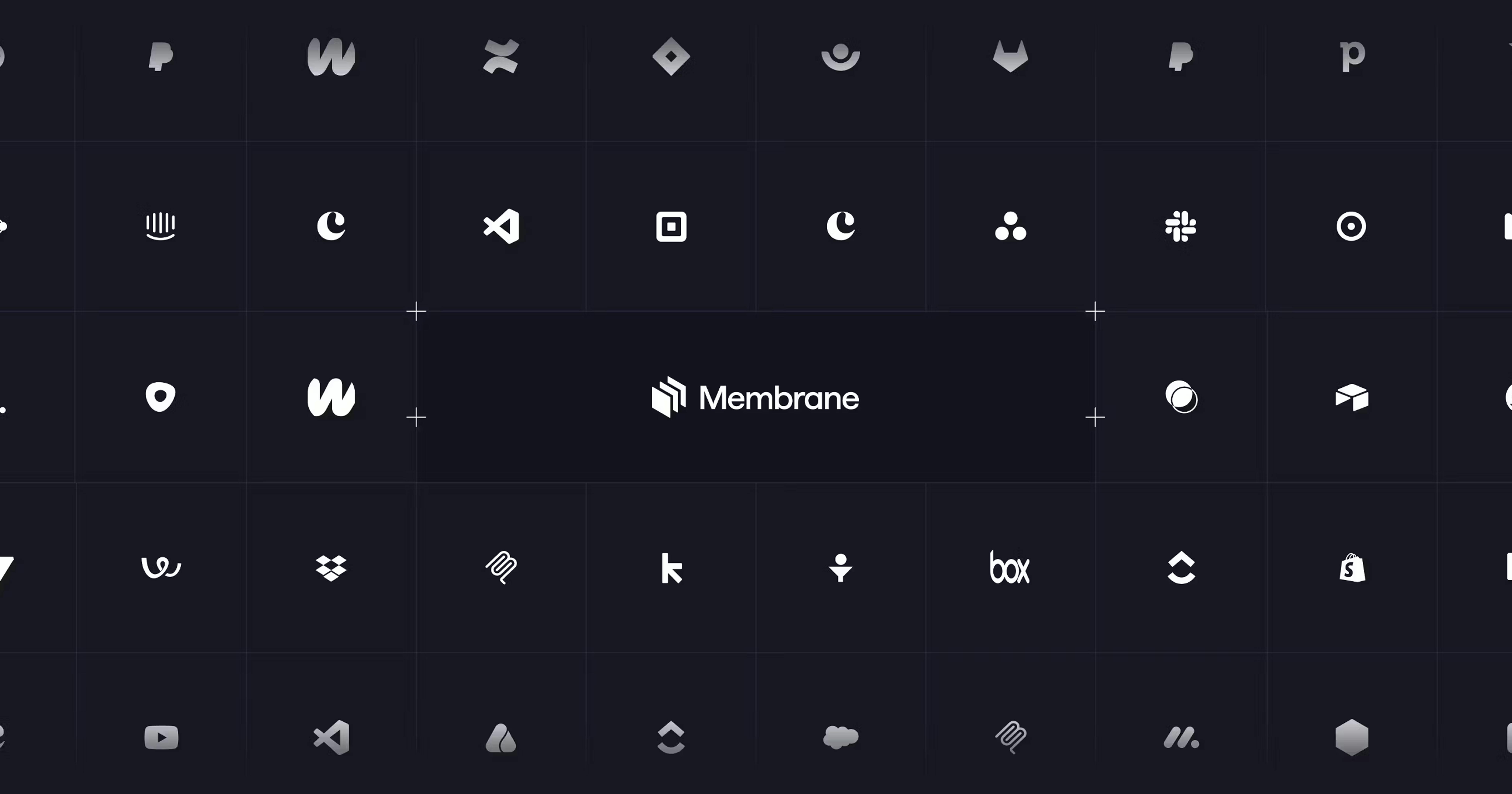Merged to Mesa Git are new contributor guidelines added to the documentation. This can help new users in submitting patches to Mesa. It also lays out a policy of allowing AI-generated/assisted code but the author submitting the code must be able to understand the code in question and take responsibility for it.
The AI-covered contributor guidelines for Mesa stem from this RFC a few weeks ago. A independent contributor brought forth suggestions on improving the CPU overhead in the RADV command buffer code. Those suggestions were acknowledged as coming from a GPT5-HIGH code audit.
After feeding the code through a GPT5 AI code audit, some suggestions were generated for improving it. In turn the user found around a ~1% performance improvement for Cyberpunk 2077 and Total War: Troy.
Coming up in the discussion that resulted, it was centered around AI and the one suggesting the code changes needs to be responsible for coming up with appropriate patches that can be properly reviewed rather than just laying out the changes suggested by an AI coding assistant without properly knowing the intricacies. Just posting the output from an AI coding bot places more of a burden on the Mesa developers to decipher the changes and determine if appropriate, etc.
Motivated by that happening, there is now documentation for the Mesa contribution process. Mesa developers will allow AI usage in code generation for Mesa but placing the burden on the one submitting the patches to be able to understand/explain the changes and taking responsibility for it.
“If you want to contribute code to Mesa, we highly recommend the following:
– Familiarize yourself with Git.
– Understand the code you write at least well enough to be able to explain why your changes are beneficial to the project.
– It’s up you what tools you use to write code (development environment, coding assistant, etc.), but keep in mind that no tool can substitute actual understanding.”
The new documentation in full can be read here.











